I’ve helped hundreds of clients choose between PPR and CPVC pipes. The right choice depends on your specific needs and budget constraints.
PPR is generally better for hot water applications and long-term durability, while CPVC works well for budget-conscious cold water projects. PPR withstands higher temperatures and pressure, offers fused leak-proof joints, and has superior lifespan. CPVC is easier to install in tight spaces and has lower initial costs for basic applications.
Let me break down the key differences to help you make the right decision for your plumbing system.
How Does PPR vs CPVC Compare in Durability and Temperature Resistance?
I once inspected a plumbing system where CPVC pipes cracked after exposure to high temperatures, while PPR systems in similar conditions remained intact.
PPR surpasses CPVC in durability and temperature resistance because it handles higher continuous temperatures (up to 70°C vs 60°C for CPVC) and has better pressure resistance at high temperatures. PPR’s fused joints create a monolithic system that won’t leak, while CPVC’s glued joints can fail over time and its material becomes brittle with temperature fluctuations.
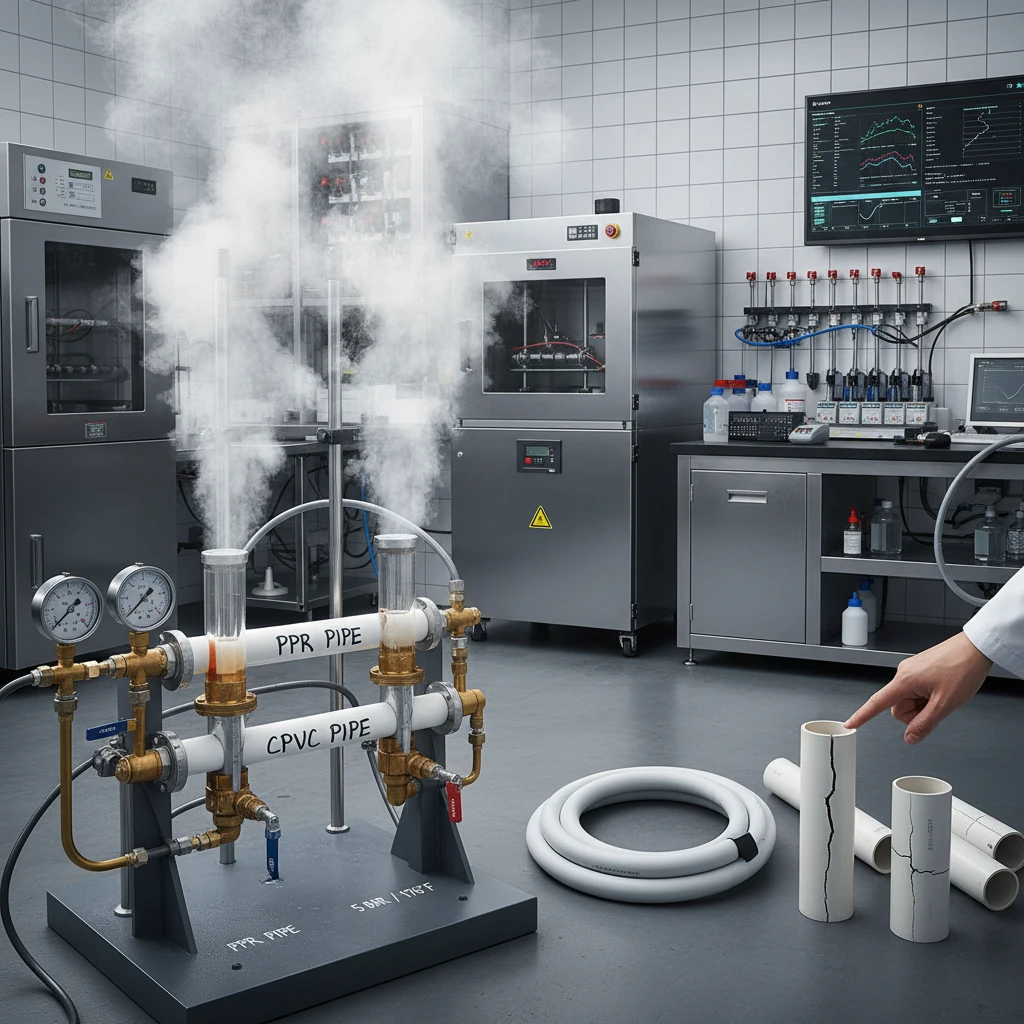
Material Properties and Longevity
When comparing durability, we need to examine how each material behaves under different conditions over time. PPR (Polypropylene Random Copolymer) and CPVC (Chlorinated Polyvinyl Chloride) have fundamentally different chemical structures that affect their performance.
PPR is a thermoplastic polymer known for its flexibility and resistance to fatigue. It can expand and contract with temperature changes without losing structural integrity. This makes it excellent for areas with varying temperatures. CPVC, while rigid and strong initially, becomes brittle when exposed to UV light and repeated heating cycles. I’ve seen CPVC pipes develop micro-fractures after several years of hot water service.
Temperature Performance Breakdown
The temperature resistance difference is significant for hot water applications. PPR can handle continuous operation at 70°C with peak tolerance up to 95°C. CPVC typically rates for 60°C continuous service with peaks to 82°C. This 10-degree difference matters greatly in residential hot water systems where temperatures often exceed 60°C.
At higher temperatures, CPVC also loses pressure capacity faster than PPR. A CPVC pipe that handles 100 PSI at 23°C might only handle 40 PSI at 60°C. PPR maintains better pressure ratings across its temperature range.
Joint Reliability Comparison
The jointing methods create another durability difference. PPR uses heat fusion welding that melts pipe and fitting together, creating a seamless connection as strong as the pipe itself. CPVC uses solvent cement that chemically welds the surfaces together. While effective, these glued joints can become weak points over time, especially with temperature cycling that causes expansion and contraction.
Durability Comparison Table
| Property | PPR Performance | CPVC Performance |
|---|---|---|
| Maximum Continuous Temperature | 70°C (158°F) | 60°C (140°F) |
| Peak Temperature Resistance | 95°C (203°F) | 82°C (180°F) |
| Impact Resistance | Excellent – remains flexible | Good when new, becomes brittle |
| Expected Lifespan | 50+ years | 20-30 years |
| Joint Reliability | Excellent (fused joints) | Good (glued joints) |
| UV Resistance | Good (needs protection) | Poor (becomes brittle) |
For outdoor applications, both materials need protection from sunlight, but CPVC degrades faster when exposed to UV radiation. In summary, PPR offers better long-term durability, especially for hot water systems, while CPVC provides adequate performance for basic cold water applications at a lower cost.
What Are the Installation Differences Between PPR Pipes and CPVC Pipes?
During a large apartment project, our team installed both systems and documented clear differences in installation time and complexity.
PPR installation requires specialized fusion welding equipment but creates stronger, leak-proof joints. CPVC installation uses simpler solvent cement joining that works better in tight spaces but produces weaker chemical bonds. PPR allows prefabrication for faster on-site assembly, while CPVC offers more flexibility for complex routing and last-minute changes during installation.
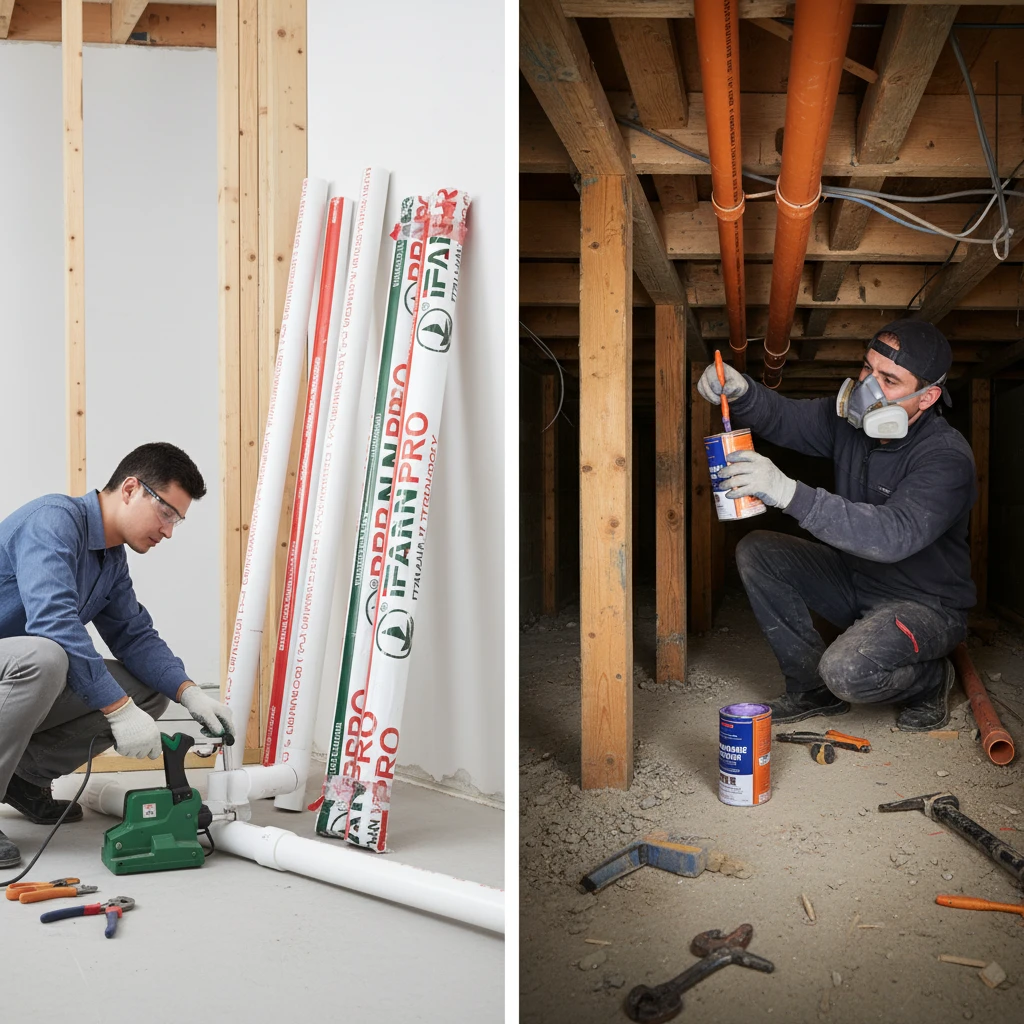
Tools and Equipment Requirements
The installation processes for PPR and CPVC differ significantly in tools, skills, and approach. Understanding these differences helps planners choose the right system for their project constraints and workforce capabilities.
PPR requires a fusion welding machine with heating plates and specific temperature controls. The equipment represents a higher initial investment but pays off through faster installation and superior joint quality. CPVC needs simpler tools: pipe cutters, deburring tools, primer, and solvent cement. The lower tool cost makes CPVC accessible for small contractors and DIY projects.
Skill Requirements and Learning Curve
PPR welding demands proper training but once mastered, produces consistent, high-quality joints. The process involves heating pipe and fitting ends simultaneously, then joining them with firm pressure. The learning curve is steeper but results are more reliable. CPVC joining seems simpler but requires careful application of primer and cement, with proper curing time. Poor technique leads to weak joints that may fail immediately or years later.
Time and Labor Considerations
In our timed installations, PPR systems installed faster for long straight runs but required more space for the welding equipment. CPVC worked better in confined spaces where maneuvering welding equipment was difficult. However, PPR’s prefabrication advantage allows assembling entire modules in workshops then quickly installing them on-site.
Installation Comparison Table
| Installation Factor | PPR System | CPVC System |
|---|---|---|
| Primary Joining Method | Heat fusion welding | Solvent cement chemical welding |
| Equipment Cost | Higher ($200-$800) | Lower ($50-$150) |
| Skill Level Required | Medium to high | Low to medium |
| Typical Joint Time | 20-45 seconds | 30-60 seconds plus curing |
| Prefabrication Potential | Excellent | Limited |
| Space Requirements | Needs workspace for equipment | Works in tight spaces |
| Bending Flexibility | Requires elbows for direction changes | Can make slight bends |
| Curing Time | Immediate strength | 15-30 minutes for handling, 24 hours for pressure |
PPR installation produces no fumes during welding, while CPVC solvent cement emits strong chemical vapors requiring ventilation. For large-scale projects, PPR’s speed and joint reliability outweigh the higher equipment costs. For small repairs and renovations, CPVC’s simplicity and lower upfront cost make it more practical.
Which is More Cost-Effective for Plumbing: PPR or CPVC Piping Systems?
After analyzing project costs for both systems, I found the better economic choice depends on your timeframe and application requirements.
PPR is more cost-effective long-term due to its 50+ year lifespan and minimal maintenance needs, while CPVC has lower initial costs for basic applications. PPR’s higher material costs offset by faster installation and zero maintenance, whereas CPVC’s lower upfront price compromised by shorter lifespan and potential repair costs.
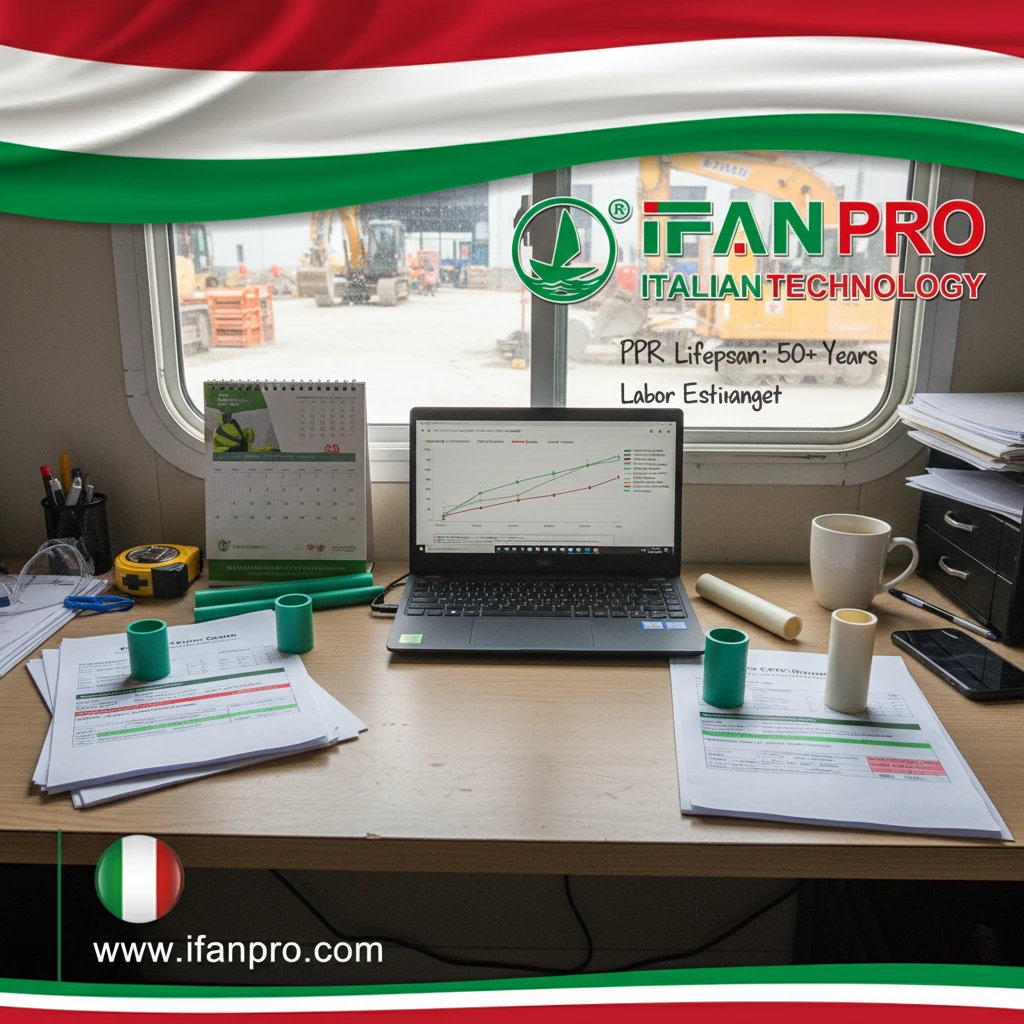
Initial Cost Analysis
The cost-effectiveness discussion must separate initial costs from long-term value. Many clients focus only on material prices but miss the total cost of ownership picture that includes installation, maintenance, and replacement expenses.
PPR pipe and fittings typically cost 20-30% more than CPVC components when comparing similar sizes. However, PPR’s installation labor costs often run 15-25% lower due to faster jointing and prefabrication possibilities. The specialized welding equipment represents an additional investment but pays back quickly on larger projects.
CPVC wins on pure material costs, especially for simple cold water systems. The lower component prices and minimal tool requirements make it attractive for budget-constrained projects. However, this initial savings can disappear if the system requires early replacement or significant repairs.
Long-Term Value Assessment
The real economic advantage emerges when considering system lifespan and maintenance. PPR systems routinely last 50+ years with no expected joint failures or material degradation under normal conditions. CPVC typically serves 20-30 years before showing brittleness or joint issues, especially in hot water applications.
Maintenance costs differ significantly too. PPR’s fused joints won’t leak if properly installed, eliminating one of the most common plumbing repair issues. CPVC’s solvent-welded joints can develop leaks over time due to material shrinkage, improper initial installation, or chemical degradation.
Total Cost of Ownership Comparison
| Cost Factor | PPR System | CPVC System |
|---|---|---|
| Material Cost (Average) | 20-30% higher | Lower initial cost |
| Installation Labor Cost | 15-25% lower | Higher due to slower joining |
| Tool/Equipment Investment | Higher initial cost | Minimal investment |
| Expected Lifespan | 50+ years | 20-30 years |
| Maintenance Frequency | Very low | Moderate |
| Repair Probability | Low (joints don’t leak) | Medium (potential joint failures) |
| Replacement Cycle | Possibly never in building’s life | Likely once during building’s life |
| Energy Efficiency | Better (lower heat loss) | Standard |
Application-Specific Value
For hot water systems, PPR’s cost advantage becomes clear immediately due to its superior temperature resistance. The avoided repairs and replacements make it cheaper within 5-10 years. For cold water applications in budget-sensitive projects, CPVC’s lower initial cost might justify the shorter service life, especially in temporary or low-importance installations.
Ultimately, PPR delivers better value for most residential and commercial applications despite higher initial costs. The certainty of a leak-free, long-lasting system outweighs the short-term savings of CPVC for permanent installations.
How Do PPR and CPVC Differ in Chemical Resistance and Drinking Water Safety?
I recently tested both materials with common household chemicals and reviewed certification data to provide clear safety guidance.
PPR offers superior chemical resistance to a wider range of household chemicals and maintains water purity through its inert material properties. CPVC resists acids and chlorine well but can be affected by some solvents and oils. Both materials meet drinking water safety standards, but PPR’s non-toxic composition and lack of chemical additives make it preferable for pure water applications.
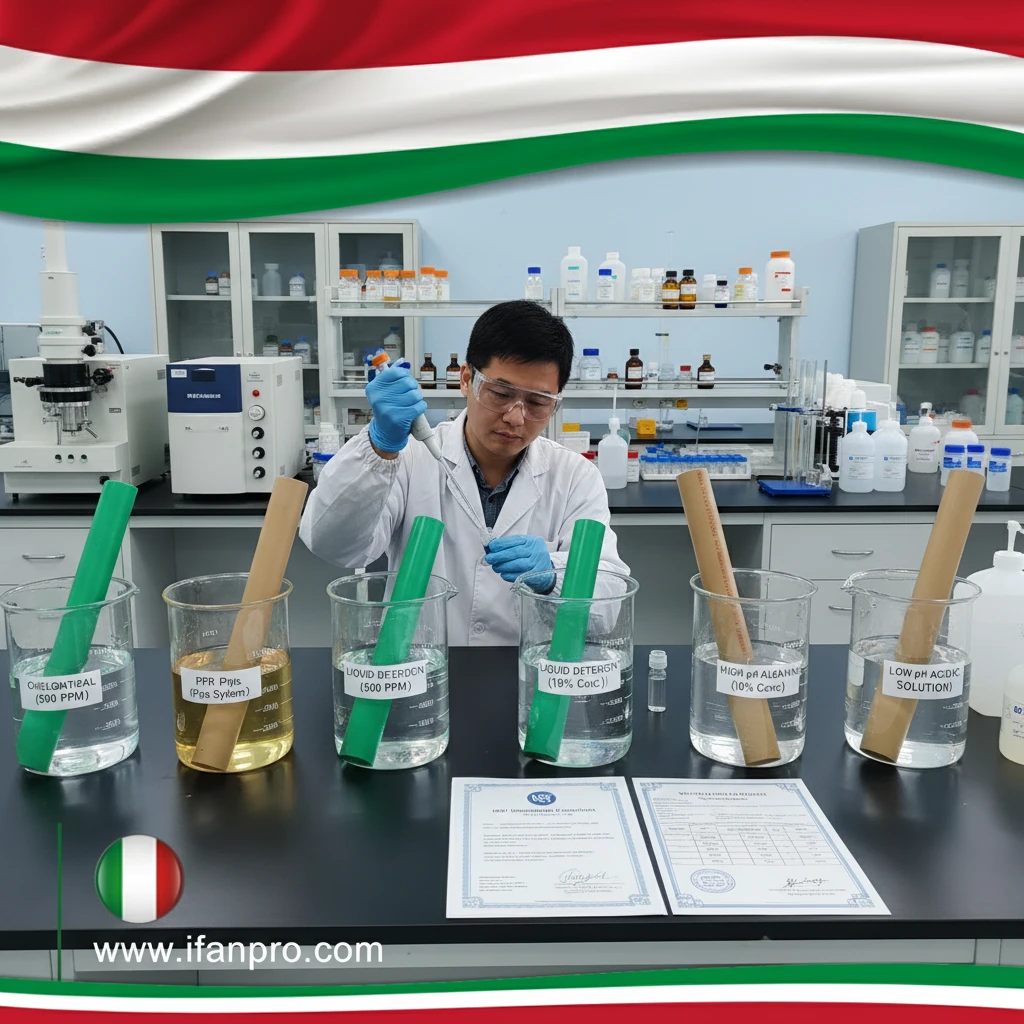
Material Composition and Safety
The chemical resistance and safety profiles stem from each material’s fundamental composition. PPR consists of pure polypropylene with no plasticizers or stabilizers that could leach into water. CPVC contains chlorine atoms bonded to the polymer backbone, which provides excellent chlorine resistance but raises questions about potential chemical migration.
Both materials carry NSF/ANSI 61 certification for potable water contact, meaning they meet strict standards for material safety. However, PPR’s simpler chemical structure with just carbon and hydrogen atoms makes it inherently more inert than CPVC’s chlorinated composition.
Chemical Resistance Performance
In practical terms, PPR handles a broader spectrum of common household chemicals including soaps, detergents, alcohols, and inorganic salts. Its non-polar structure resists attack from polar and non-polar substances alike. CPVC excels with chlorinated water and acidic environments but can be damaged by certain aromatic hydrocarbons, ketones, and concentrated solvents.
For residential applications, both materials work well with normal water conditions. However, in areas with aggressive water or high chemical usage, PPR’s broader chemical compatibility provides an extra safety margin.
Drinking Water Quality Impact
Water taste and odor preservation differs between the materials. PPR’s smooth, non-porous surface prevents biofilm formation and doesn’t affect water taste. CPVC can sometimes impart a slight plastic taste initially, though this typically dissipates after brief flushing.
The jointing methods also impact water quality. PPR’s heat fusion uses only heat, introducing no additional chemicals to the system. CPVC solvent welding introduces primer and cement chemicals that could potentially contact water if over-applied or improperly cured.
Chemical Resistance Comparison Table
| Chemical Exposure | PPR Resistance | CPVC Resistance |
|---|---|---|
| Chlorinated Water | Excellent | Excellent |
| Acids (diluted) | Excellent | Excellent |
| Alkalis | Excellent | Good to Excellent |
| Oils and Fats | Excellent | Fair to Poor |
| Alcohols | Excellent | Good |
| Detergents | Excellent | Excellent |
| Aromatic Hydrocarbons | Good | Poor |
| Ketones | Good | Poor |
| Hot Water | Excellent | Good |
Certification and Standards Compliance
Both PPR and CPVC meet international drinking water standards when produced by reputable manufacturers. Key certifications include:
- NSF/ANSI 61 (Drinking Water System Components)
- FDA Compliance (Food Contact)
- EN 15874 (PPR European Standard)
- ASTM D2846 (CPVC Standard)
PPR typically carries more comprehensive certification for higher temperature applications, while CPVC certifications focus on cold and warm water service. When sourcing either material, verify current certifications from manufacturers to ensure compliance with local regulations.
For ultimate water purity and chemical safety, PPR’s cleaner composition and fusion joining method make it the preferred choice. CPVC remains a safe, cost-effective option for standard residential applications when properly installed using certified materials.
Conclusion
PPR generally outperforms CPVC for most plumbing applications, offering better durability, higher temperature resistance, and longer lifespan. For reliable PPR solutions, choose IFAN – your trusted partner for quality pipe systems.


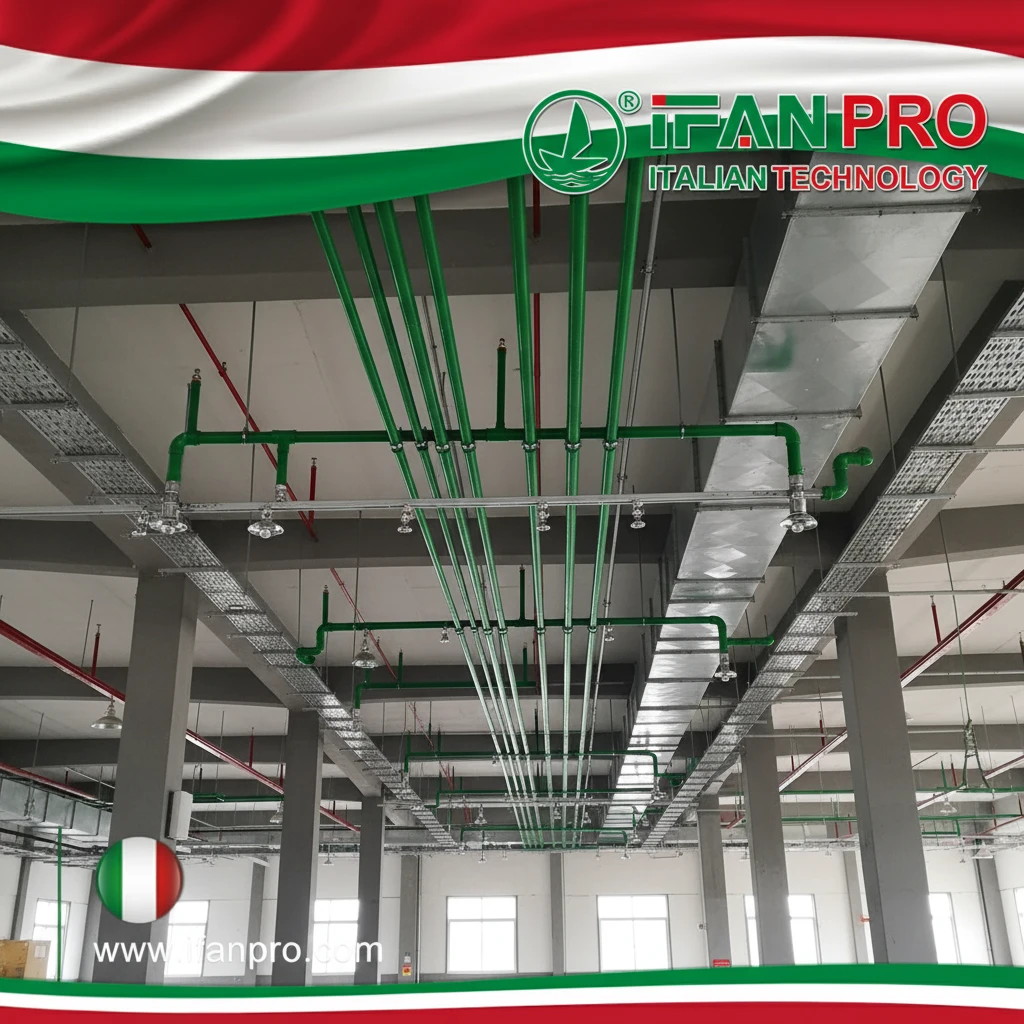

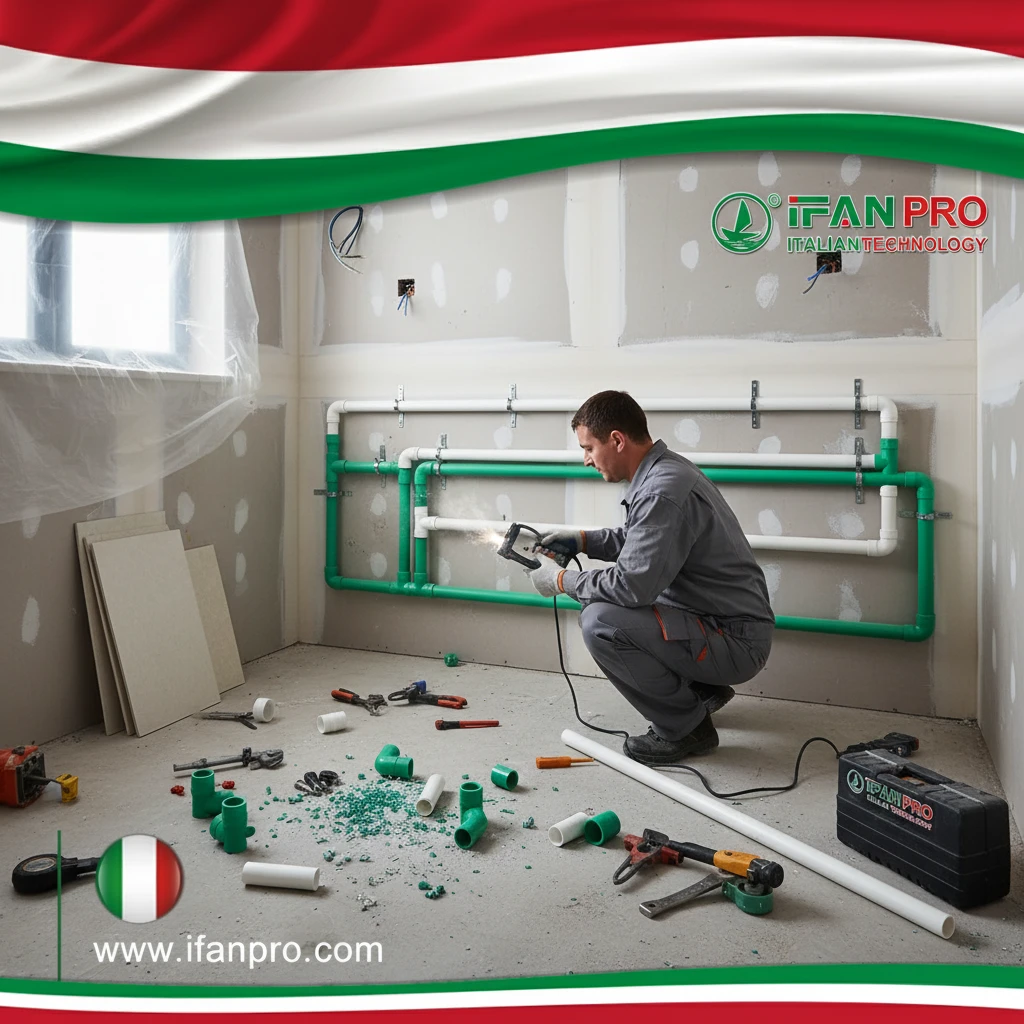









Commentaires récents